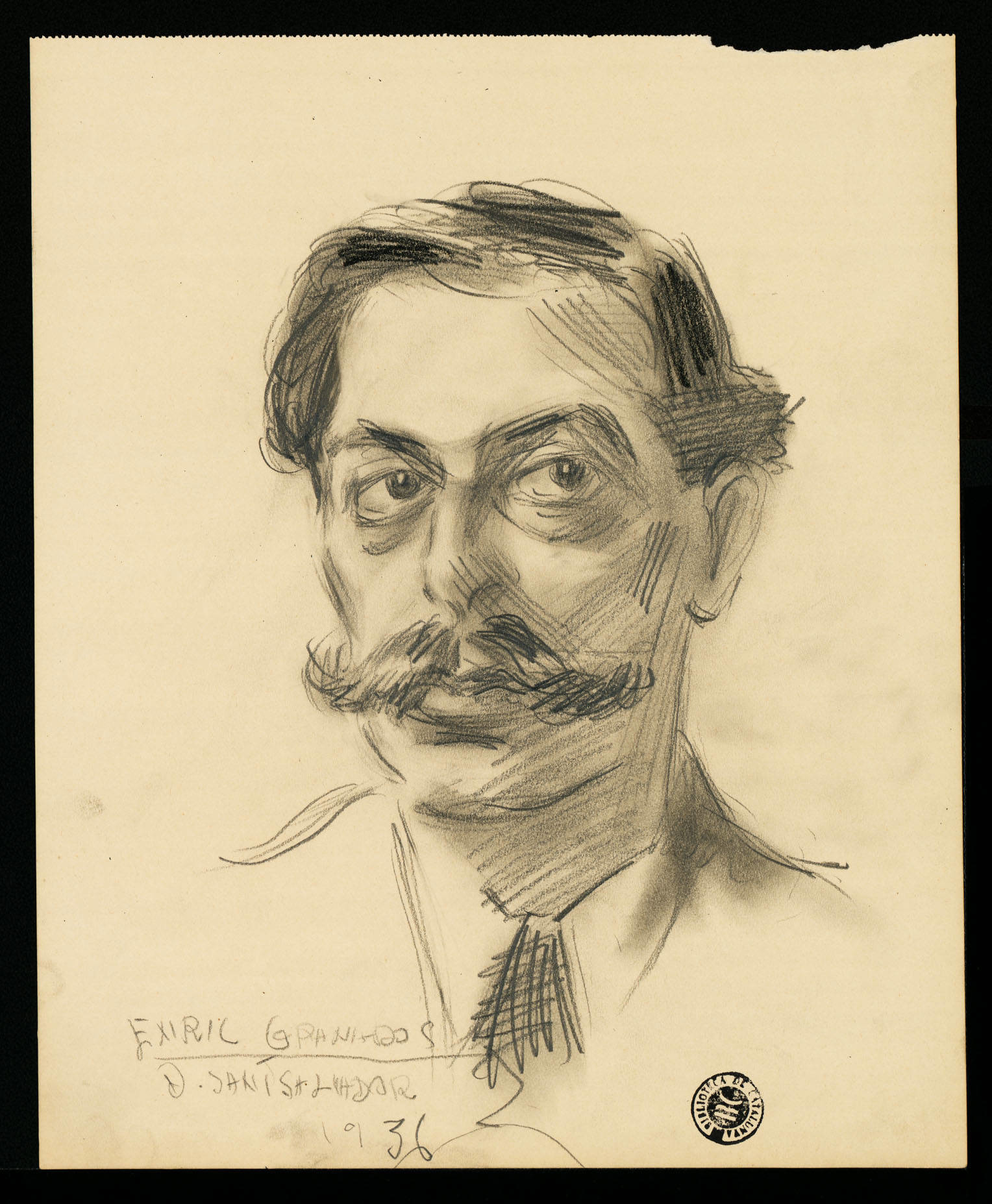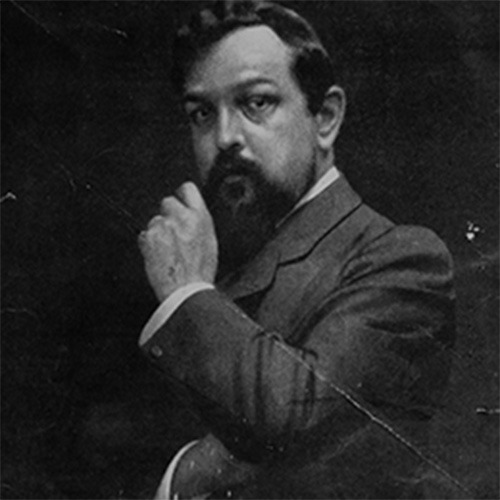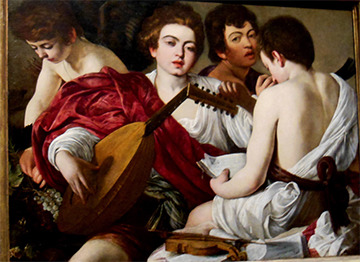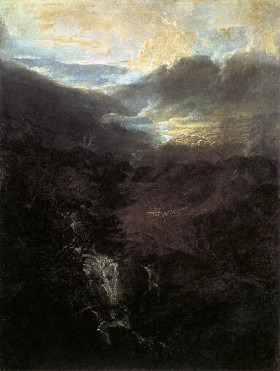One of the best modern works in the choral tradition is Randall Thompson’s cycle based on the settings of verses from Isiah. The Peaceable Kingdom was inspired by the 1826 painting by the same name by the Quaker artist and
Painting
Francisco Goya (1746 – 1828) lead a life in and out of favour with the Spanish king and his highly dramatic paintings and etchings, particularly in relation to the various Spanish wars, were highly influential. His pictures of woman, his
The French Romantic artist, Eugène Delacroix (1798–1863), created his masterwork Liberty Leading the People in 1830. Its unforgettable imagery of Liberty, holding the tricolor representing liberty, equality, and fraternity, leading Parisians of all classes as they take up arm and
After finally achieving success with his opera ‘Pelléas et Mélisande’ in 1902, Claude Debussy (1862-1918) wrote ‘L’Isle Joyeuse’ (‘The Joyous Island’), while working hard on his new composition, ‘La Mer’. His very successful artistic achievements were in stark opposition to
A recent exhibit at the Metropolitan Museum in New York paired one of Caravaggio’s paintings, ‘The Musicians’ (1595) with two other paintings, ‘Allegory of Music’ by Laurent de la Hyre (1606 -1656) and ‘The Lute Player’ (c.1626) by Valentin de
The recently released film, ‘Mr. Turner’, by Mike Leigh focuses on the last 25 years of James Turner’s (1775-1849) life, the height of Turner’s career. The film opens with a beautiful Dutch landscape scene, with the sun rising at dawn,
In my last two Interlude articles we followed the development towards abstraction in art and music in Germany and France, but interestingly, it was artists in Russia who led the movement towards total abstraction. There was of course a constant
Paul Klee (1879-1940) craved the freedom to explore radical and modernist experimentations in his paintings. In music, however, he could never come to terms with contemporary works of Schoenberg, Berg and Webern. In fact, he even disliked the compositions of








